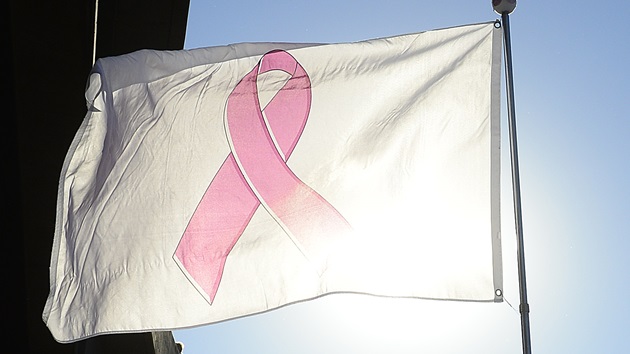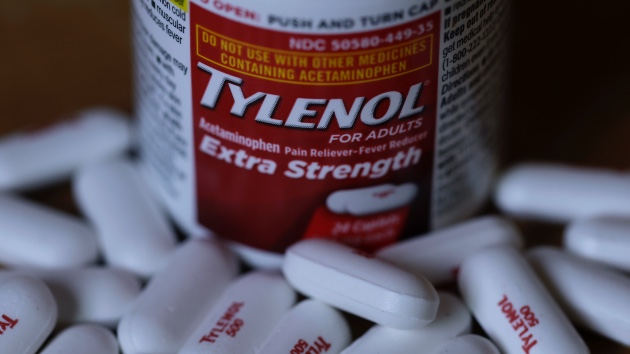With millions still unboosted against COVID, public health experts face tricky messaging around potential 4th shot
Written by luck on March 3, 2022

(NEW YORK) — When the first coronavirus vaccines were shipped out across the country more than a year ago, millions of Americans waited eagerly for their turn to get a shot, hoping that it would lead to a return to normal.
In the spring of 2021, after every adult became eligible for the vaccine, over 2 million people a day were getting their first dose. However, in recent months, with most of those willing to get their shots now inoculated, vaccination rates have plummeted.
The number of Americans who are receiving their first COVID-19 vaccine now stands at a pandemic low, with fewer than 80,000 Americans initiating vaccination each day. Further, since December, the rate of people getting boosted has also fallen significantly, dropping from 1 million booster shots administered a day to less than 140,000.
“Dropping of local vaccine mandates and the end of the omicron surge are likely contributing to a stalling out in first time vaccines and boosters,” said John Brownstein, Ph.D., an epidemiologist at Boston Children’s Hospital and an ABC News contributor. “Unfortunately, at this point, there are not many tools left in the toolbox to encourage people to be up to date.”
Although there are certainly fewer unvaccinated than vaccinated people in the U.S., tens of millions of Americans remain unvaccinated and unboosted. Across the country, more than 58 million eligible Americans remain unvaccinated, while 87.6 million Americans — about half of those currently eligible to be boosted — have yet to receive their supplemental dose.
Amid the declining interest, some scientists and health officials say it is possible Americans could need an additional booster this fall, or seasonal boosters in the future, to address waning vaccine immunity or new coronavirus variants.
“The potential future requirement for an additional boost or a fourth shot for mRNA or a third shot for J&J is being very carefully monitored in real time, and recommendations, if needed, will be updated according to the data as it evolves,” White House chief medical adviser Dr. Anthony Fauci during a press briefing last month.
The experts interviewed by ABC News are concerned about how to convey that message while maintaining trust as well as how additional doses might further exacerbate inequities in access and care around the country.
Since the fall, immunocompromised Americans have already had the option to receive a fourth mRNA dose. However, for the general public, the benefit of additional doses still is not clear.
In an interview with Bloomberg TV last week, Fauci said that the Centers for Disease Control and Prevention is studying data on a “month-by-month basis,” and should durability rates continue to fall, officials will have to decide whether to begin offering a fourth dose, particularly to those at higher risk, such as the elderly.
However, even if data emerges indicating the need for a fourth dose, convincing Americans to get another shot may present a new set of challenges.
“I think we can expect to see less uptake of fourth doses than we saw of third doses,” Dr. Shira Doron, an infectious disease physician and hospital epidemiologist at Tufts Medical Center, told ABC News. “A change in the messaging around the goal of the vaccination program would help a lot.”
Some people point erroneously to the increase in breakthrough infections as a reason to not get vaccinated, she said.
Thus, experts say, it is important for public health experts to emphasize the benefit of vaccination, and how dramatically reducing the risk of developing severe illness or dying if infected.
In December, a period of omicron dominance, unvaccinated people were 14 times more likely to die of COVID-19 compared to people who received the one-shot Johnson & Johnson shot or two shots of Pfizer and Moderna vaccines.
Health experts also caution that if a fourth dose is eventually needed, it will be important for health officials to outline what the purpose of an additional dose would be.
“Are we trying to prevent all infections, or are we trying to prevent severe disease?” Doron asked. “Public messaging that is honest about the waning effectiveness for infection and focuses on a need for additional doses only when effectiveness against severe disease has waned, and only for those populations in whom that has happened, might help restore trust and increase vaccine uptake.”
Evidence exhibiting protection against severe illness and death, will ultimately be paramount, Brownstein added.
“Clinical data, combined with real-word evidence, must show that additional shots provide critical protection against severe illness and death,” he said.
Experts are particularly concerned about the continued growing racial disparity in the current booster drive, and the impact such gaps in uptake could have on populations that are already at increased risk of severe COVID-19 outcomes.
Black and brown Americans are currently lagging in the booster effort, with only 39.5% of eligible Hispanic/Latino Americans boosted, and 43.8% of eligible Black Americans boosted. Asian Americans lead every race/ethnicity group, with 58.9% of the eligible population boosted.
“Vaccine rollouts have highlighted critical inequities in access and education, leading to concerning differences in vaccination rates across race and ethnicity,” Brownstein explained.
If additional shots are needed in the future, experts worry about deepening inequities.
“A fourth shot strategy is likely to only further inequities in protection unless accompanied with direct efforts to bring the entire population up to date,” Brownstein added.
As health officials plan for the months and years ahead, Doron suggested there are several potential ways to proceed, including switching to an annual vaccination should a seasonal pattern with COVID-19 emerge or waiting for continued signs of waning effectiveness and recommending a fourth dose then, particularly to those at high risk.
“Any determination that additional booster doses are needed will be based on data available to the agency,” a representative from the FDA told ABC News in a statement.
Regardless of how officials decide to move forward, experts say it will be essential to convince Americans of the importance and benefits of vaccines, and thus, that low COVID-19 vaccination rates could not only undermine recovery prospects, but potentially also lead to another surge of infections in the advent of a new variant.
“The case for a fourth shot needs to be incredibly compelling, if we expect the American public to get on board,” Brownstein said. “The focus should continue to be on primary care providers and frontline health care workers to continue to educate the public on the value of vaccines.”
Copyright © 2022, ABC Audio. All rights reserved.





